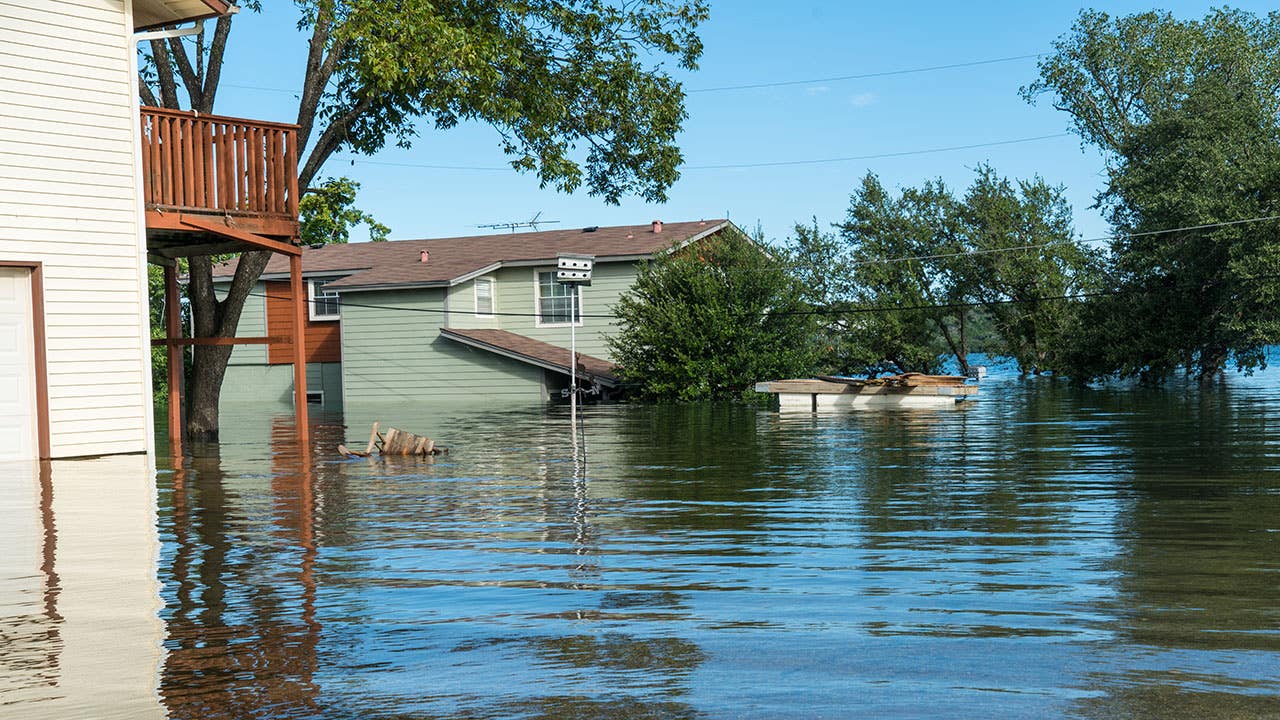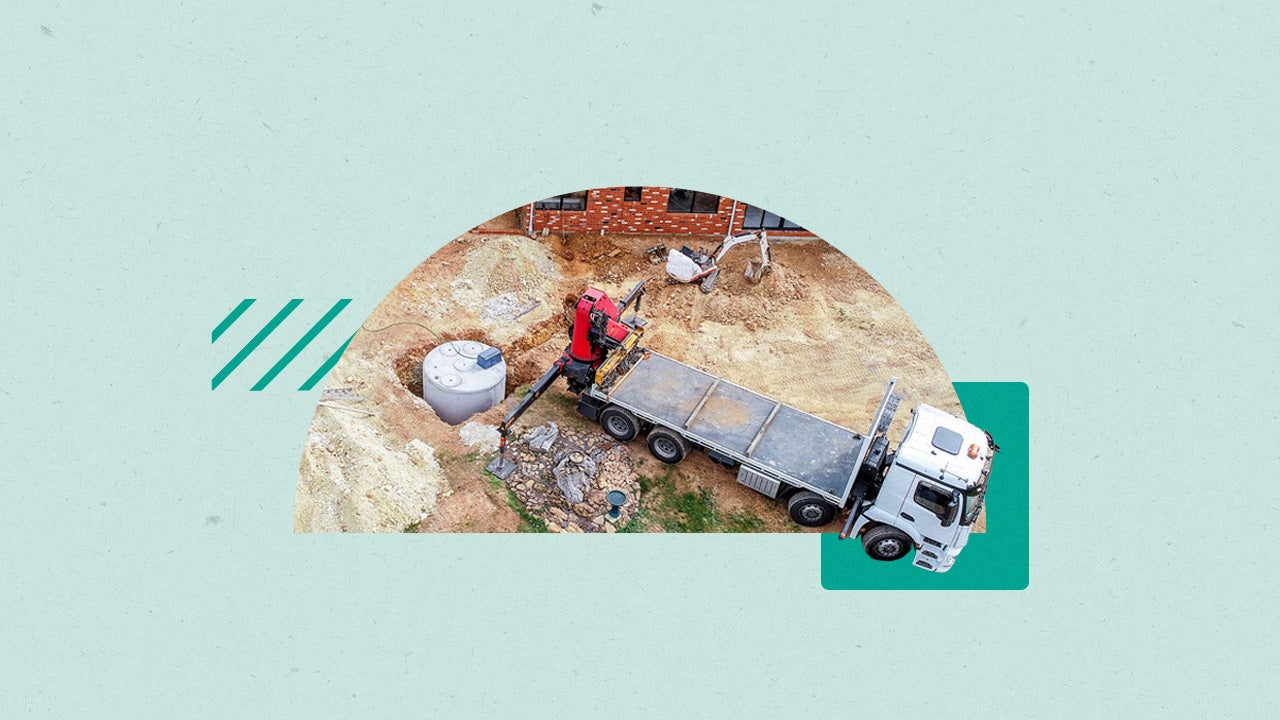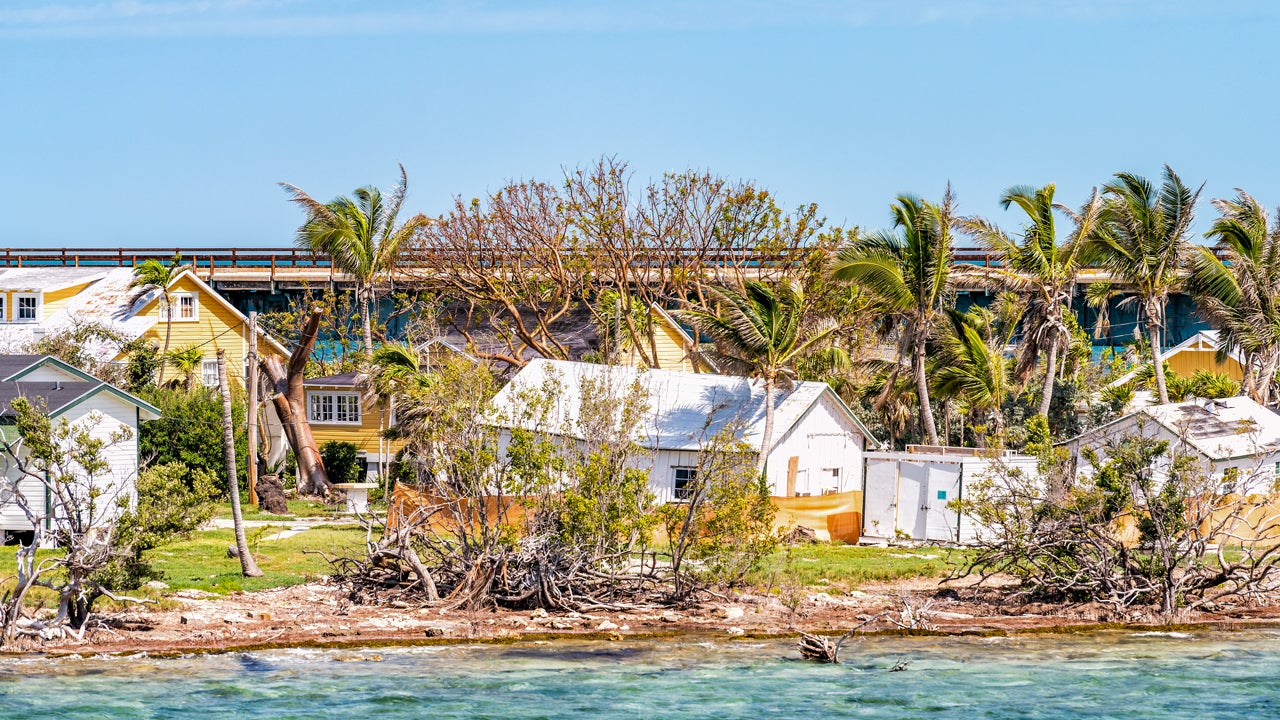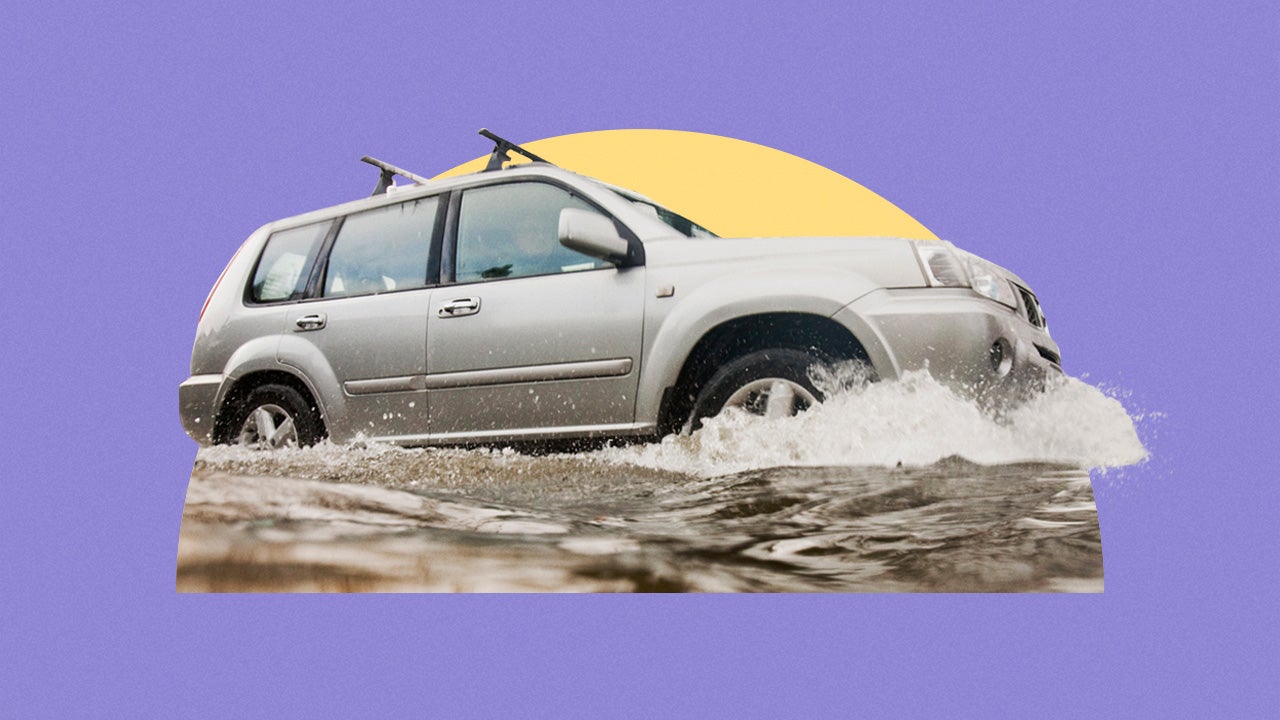Does homeowners insurance cover flooding?

Key takeaways
- Despite how common floods are, flood damage isn’t covered by home insurance.
- With home insurance claims, not all water damage is considered a flood.
- Buying flood insurance may be a condition of your mortgage, like carrying home insurance.
Flooding is both the most frequent and expensive natural disaster in the U.S. A 2020 report from First Street Foundation showed that 14.6 million properties in the contiguous United States are at a substantial risk of flooding. Home insurance is designed to provide financial protection when perils like natural diaster strikes — but floods aren’t one of them. By itself, home insurance will not help you with flood damage. To be financially protected from a flood, you will need flood insurance.
Does home insurance cover flooding and flood damage?
A home insurance claim involving water can get complicated. Not all water damage is considered flood damage.
The Federal Emergency Management Agency, or FEMA, defines a flood as “a general and temporary condition of partial or complete inundation of two or more acres of normally dry land area or of two or more properties” due to:
- Overflow of inland or tidal waves
- Unusual and rapid accumulation or runoff of surface waters from any source
- Mudslides proximately caused by flooding on normally dry land areas
- Collapse or subsidence of land along the shore of a lake or similar body of water as a result of erosion or undermining caused by waves or currents of water exceeding anticipated cyclical levels that result in a flood
Although floods aren’t covered by home insurance, you can still financially protect yourself with a flood insurance policy. You can purchase it from the FEMA-managed National Flood Insurance Program (NFIP) or through a private flood insurance provider. Depending on your home insurance company, you may be able to purchase an NFIP policy through your carrier, instead of going to FEMA directly. Your home insurance provider may also partner with a private company to facilitate buying flood insurance.
What types of water and flood damage are covered by home insurance?
Flood damage isn’t covered by home insurance, but some water damage may be. Remember, just because there’s water in your home doesn’t mean that it automatically counts as flood damage.
There are different types of home insurance policies, each with varying levels of coverage. The two most popular are the HO-3 and HO-5. With these policy types, your home’s physical structure and the detached structures on your property are covered on an “open peril” basis. This means anything not specifically listed in your policy exclusions will be covered. While flood damage will still be excluded, you can likely file a claim for other types of sudden and accidental water damage. For instance, if your washing machine water supply hose breaks and damages your floors, your HO-3 or HO-5 home insurance policy would likely help with the cost of repairing your floors. However, repairing or replacing the machine itself may not be covered.
What about your personal belongings? With an HO-5 policy, your personal property is covered on an open peril basis, just like your dwelling and other structures. But, with an HO-3, your personal property is financially protected from the specific losses listed in your policy. These include:
- Water damage from the weight of snow, ice or sleet
- Windstorms
- Freezing or burst pipes
- Accidental overflow of water from a household system
What types of water and flood damage are not covered by home insurance?
While standard HO-3 or HO-5 home insurance can cover a variety of water damage types, there are types of damage that are not usually covered. Flooding, as you know by now, is one of them.
However, there are other types of water damage that aren’t covered. For example, if your sump pump can’t keep up during heavy rains and overflows, you may end up with damage to your home. This type of damage, called sewer backup, is not automatically included on most home insurance policies, but can often be added. Water and sewer backup is a common home insurance endorsement.Mudslides, mudflows and landslides can also cause water damage in your home, but these perils are typically excluded from coverage. According to the Insurance Information Institute (Triple-I), you may be able to buy special policies for mudflow and landslide coverage, but mudslides are generally not covered by any type of insurance.
It’s not uncommon for a home insurance claim to get denied because the owner failed to notice the problem fast enough, or if the damage accumulated over time without the homeowners taking action. Regularly scheduled home inspections can help spot problems before they become more expensive losses.
Who needs flood insurance?
Because the risk of flooding is present across nearly the entire country, most homeowners should at least consider buying a flood insurance policy. If you have a mortgage and you live in a high-risk flood zone, you’ll likely be required to carry a policy. For homeowners who own the property in full or who are in lower-risk zones, coverage may not be required but could still be a good idea.
Coastal homes, homes near bodies of water and homes in low-lying areas may be especially vulnerable to floods, although homes at higher elevations or miles from lakes or rivers could also be affected during heavy rains. FEMA offers a flood map tool that allows you to search for your address and see what flood zone you are in.
Tips for purchasing flood insurance
Buying flood insurance may seem intimidating, but the process is similar to buying any other kind of coverage. While not every home insurance company will have flood insurance options, many do. If you’re shopping for coverage, you may want to follow these steps:
- Ask if your insurer offers flood insurance policies. Some carriers offer their own privately underwritten flood insurance, or even a flood insurance endorsement for your home policy, and many others can facilitate the purchase of an NFIP policy.
- Know what coverage you need. Flood policies only have two coverage types: dwelling and personal property. You can purchase a dwelling-only policy or you can choose to carry both coverage types, but you cannot have a personal-property-only policy. Understanding your coverage needs (which may mean working with an agent) can help you choose coverage wisely.
- Shop around. Until relatively recently, flood insurance was available exclusively through the NFIP, meaning you had no choice where to get your coverage. Now, though, some insurers underwrite their own policies, which means you can shop around and compare rates.
- Know the time constraints. Most flood policies come with a 30-day waiting period, which means your coverage won’t be effective until 30 days after you make the first payment. There are a few exceptions to this, but keep it in mind when you’re shopping. Additionally, don’t wait until a storm is coming to shop for coverage; many companies put moratoriums on their policies if the potential for damage is imminent.
- Make a payment to purchase the policy. To start your coverage, you’ll need to make a payment. Most flood insurance policies must be paid in full; payment plan options are rare. If you pay your insurance through your mortgage escrow account, the company will likely bill your mortgage and you will not need to pay directly.
Frequently asked questions
Why we ask for feedback Your feedback helps us improve our content and services. It takes less than a minute to complete.
Your responses are anonymous and will only be used for improving our website.
You may also like

Does homeowners insurance cover trampolines?

Does homeowners insurance cover septic tanks?

Does homeowners insurance cover hurricane damage?

Does car insurance cover flooding damage?


